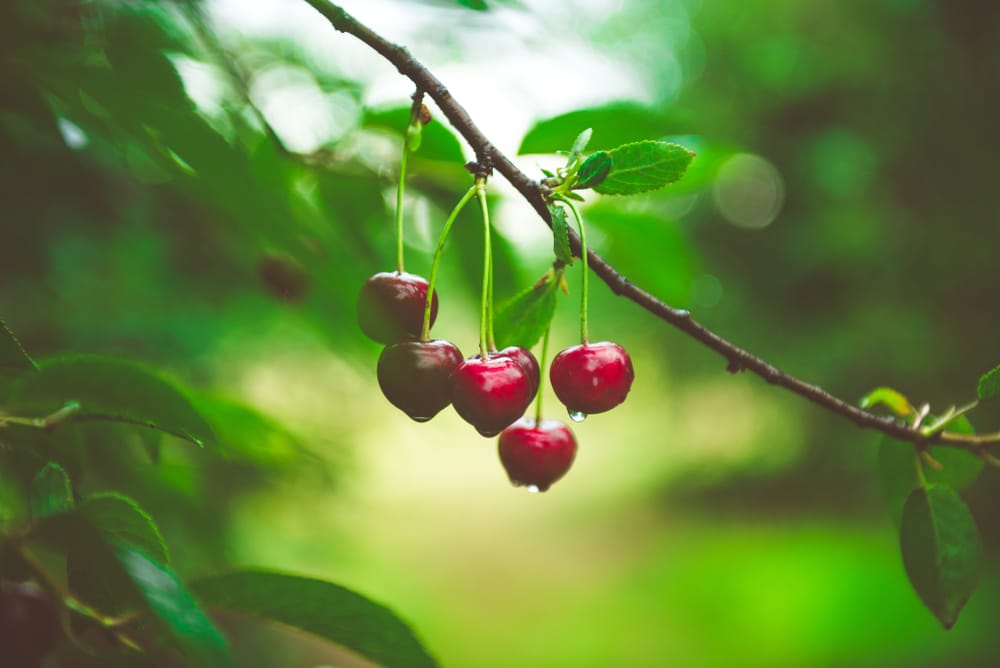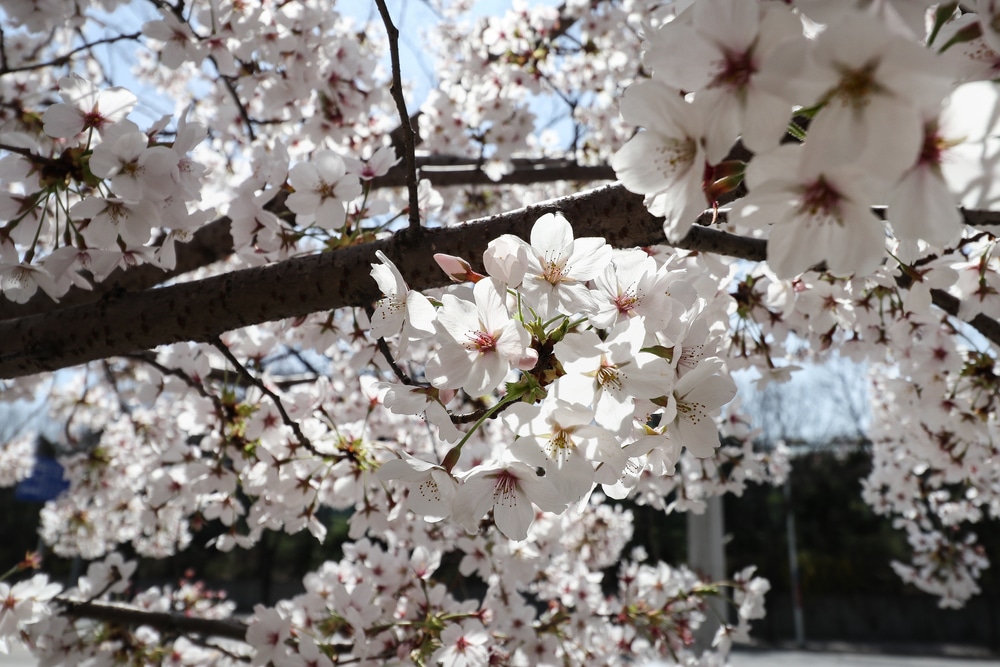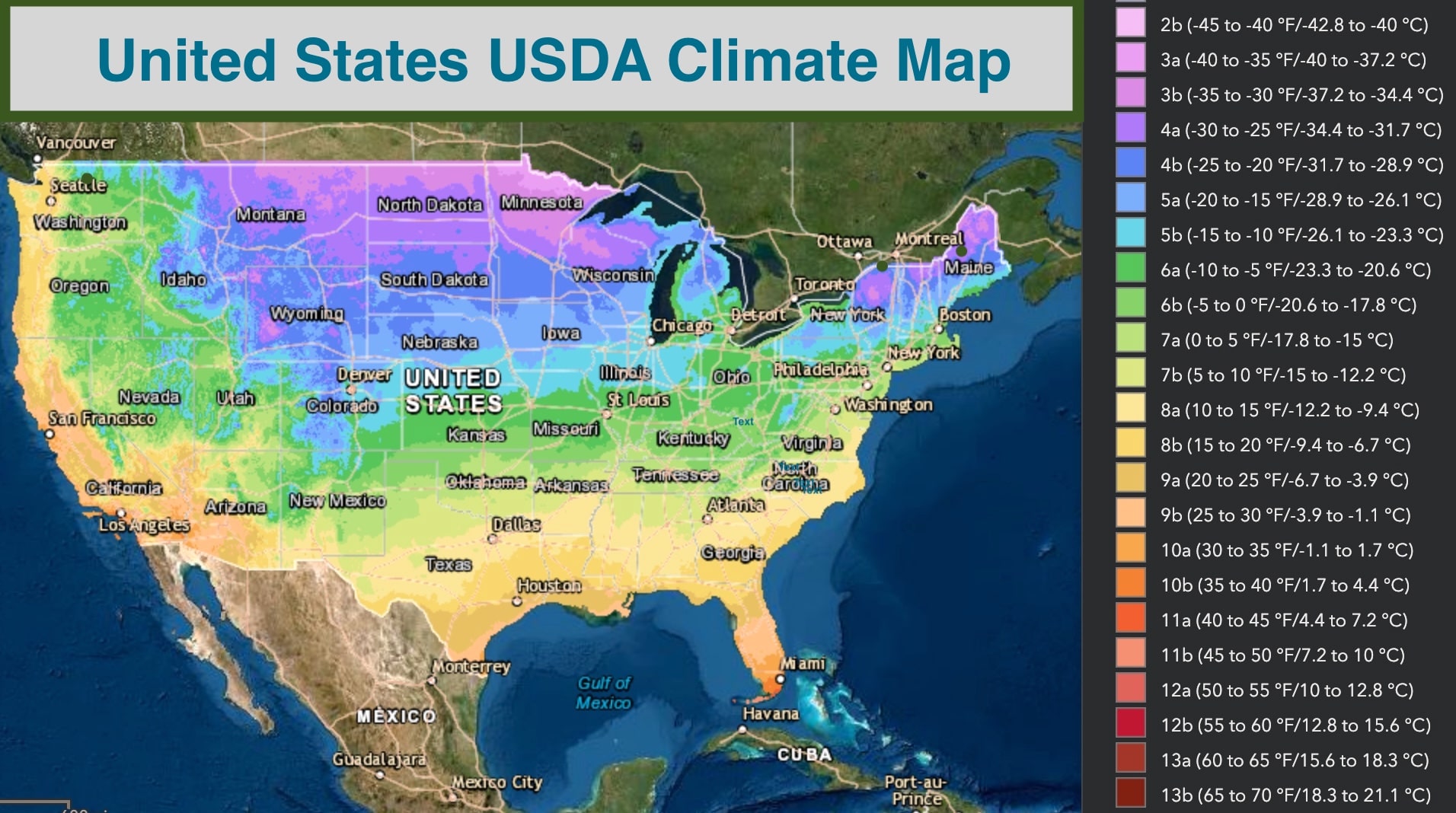Black cherry trees are fruit trees that are native to much of the eastern side of the United States including Maine. These trees have multiple names, including:
- The wild black cherry tree
- The rum cherry tree
- The mountain black cherry tree
The black cherry tree produces toothed, green leaves and small white flowers. The tree will eventually produce small, beautiful dark purple fruits.
The bark of the tree is rather gray and has multiple horizontal raised pores that flake as the tree continues to grow. The black cherry tree is deciduous, meaning that its leaves turn colors in the fall and drop to the ground, similar to many other tree species. The leaves will usually turn yellow and orange in the fall.
You’ll notice the flowers in the springtime and the fruits should appear by the end of the summer. The cherries are typically about an inch in diameter. The fruits are edible, but the rest of the tree is highly toxic and can cause death if ingested.
If a human or animal ingests the leaves, bark, or cherry pits, toxicity symptoms will occur. This is because these parts of the tree contain variations of cyanide. Some signs of cherry tree toxicity include:
- Weakness
- Pupil dilation
- Convulsions
- Respiratory failure
Is the Black Cherry Tree Native to Maine?
The black cherry tree is native to Maine, and you can find these trees throughout most of the state. Since they are native, they can grow on their own in the wild, but some people like to use them for landscaping purposes as well.
What Hardiness Zone Does the Black Cherry Tree Live in?
The United States has multiple growing zones that range from one to 13. These zones help gardeners and farmers determine where a specific species of plant will grow and thrive in its environment.
The black cherry tree grows in hardiness zones three through nine. Most of these zones line the eastern side of the United States. The state of Maine contains zones three to six. So, you can typically find black cherry trees in any area of Maine.
How Do You Take Care of the Black Cherry Tree?
To keep a black cherry tree thriving, you’ll need to ensure that it gets full sunlight. This means it needs at least six hours in the sun every single day. It can handle partial shade, but full sun is best. Along with this, the black cherry tree needs enough water to soak its roots. This type of watering should happen about once a week.
You can fertilize your black cherry tree soil about once a year. The black cherry tree grows best in moist yet well-drained soil. However, it can handle a variety of soil types if it needs to. It will not thrive if the soil is too water-saturated or if the soil is bone dry. The black cherry tree can grow in the following soil types:
- Clay (growers should be careful with this, as too much clay won’t allow drainage)
- Loam
- Sand
- Slightly acidic or alkaline soil
- Slightly wet or well-drained soil
How Big Do Black Cherry Trees Get?
The black cherry tree is one of the largest native cherry trees and grows to about 60 to 90 feet tall. The branches usually span outward, making a crown width of about 35 to 50 feet. The leaves are typically two to eight inches in length, adding a lot of shade coverage beneath the tree. If the tree has proper growing conditions, it will grow about four to six feet per year.
Conclusion
The black cherry tree is a hardy fruit tree that does well in cool areas, which is why you’ll find them scattered throughout Maine. They offer beautiful foliage in the fall, pretty white flowers in the spring, and tasty round fruits by the end of the summer. Take care of them correctly, and your cherry tree can live over 100 years.


